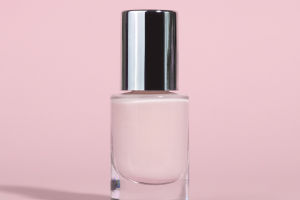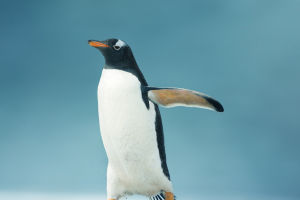Coral is not only one of the oldest marine life forms on Earth but also one of the most fascinating. Despite many people mistakenly believing coral to be a plant, it is, in fact, an animal. It is composed of countless tiny coral polyps that aggregate together to form intricate structures.
Coral worms, belonging to the coelenterate group, are incredibly small creatures, often measuring just a few millimeters in size. They possess exquisite bodies with beautiful colors, making them a sight to behold.
However, these delicate organisms can only thrive in waters where the temperature remains between 22 and 28 degrees Celsius throughout the year. Additionally, they require clean water with high transparency, ample sunlight, and protection from extended exposure during low tides.
Only when these demanding conditions are met can coral worms flourish and contribute to the building of coral reefs.
Coral reefs are unparalleled in their biological diversity and abundance of biomass, making them crucial ecosystems in the ocean. They hold immense ecological and economic value, playing a vital role in maintaining ecological balance, regenerating fishery resources, supporting eco-tourism and recreational activities, and even serving as sources of marine medicine.
Moreover, coral reefs act as natural buffers, protecting coastlines from erosion and minimizing the impact of storms.
Unfortunately, coral reefs face a multitude of threats that endanger their survival. The increasing concentration of atmospheric carbon dioxide leads to global warming and ocean acidification, both of which harm coral reefs.
The development of coastal areas, pollution, and eutrophication contribute to the degradation and destruction of coral reefs, reducing their coverage. Additionally, short-term and acute factors such as typhoons and tsunamis can cause temporary damage to coral reefs, although they often have the ability to recover from such events.
One group of corals known as the Willow coral order is particularly remarkable. These corals possess dendritic structures with internal limy or keratinous mesocosms, accompanied by scattered bony fragments externally. The order comprises approximately 1,200 species, including red coral and black coral.
Willow corals rely on their feathery tentacles to capture food. These intricate tentacles grow in the direction of the sea currents, enabling them to catch small marine organisms and plants carried by the water flow.
Soft corals, Willow corals, and Blue corals are examples of corals that live in colonies. Each colony consists of hydroids with eight tentacles and eight septa in the gastric circulation cavity. Six of these tentacles possess cilia that facilitate the intake of water into the gastric circulation cavity, while the remaining two have cilia that redirect water out of the cavity.
Soft corals have a widespread distribution, with their skeletons composed of separate calcium-containing bone needles. Some species exhibit disc-like shapes, while others display finger-like protrusions.
Horned corals, another variety, thrive in shallow tropical waters and have a ribbon-like or branched shape, reaching lengths of up to 3 meters (10 feet). Precious corals, including red coral and rose coral, are highly valued for their ornamental use.
The Mediterranean is home to common species of red coral. Blue coral, found in the Indian and Pacific Oceans, forms large blocks up to 2 meters in diameter on reefs formed by stony corals.
The growth of willow corals is heavily dependent on specific environmental conditions. They require water temperatures above 18 degrees Celsius, a nutrient-rich substrate, clear water, and an abundance of sunlight.
As a result, existing coral reefs are predominantly found in tropical and subtropical shallow waters between 30 degrees north and south latitudes.


